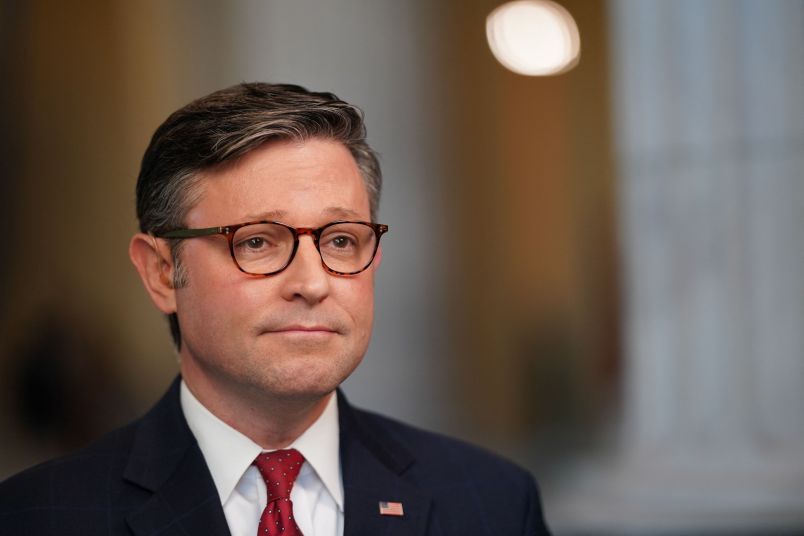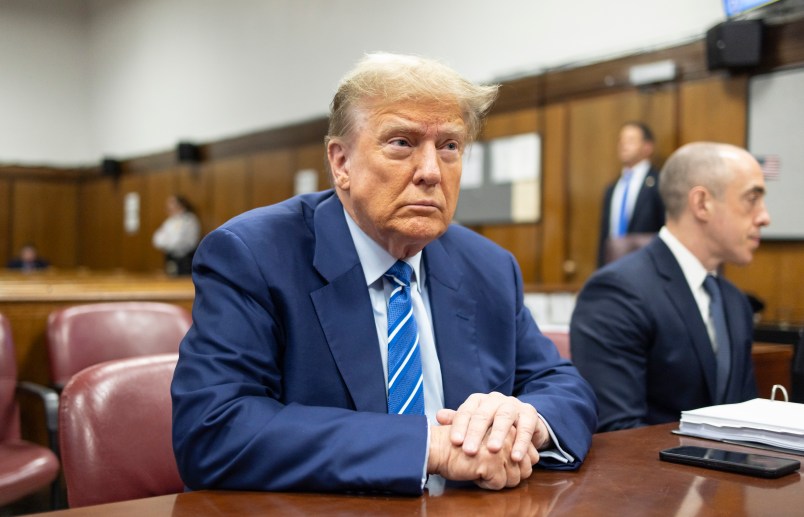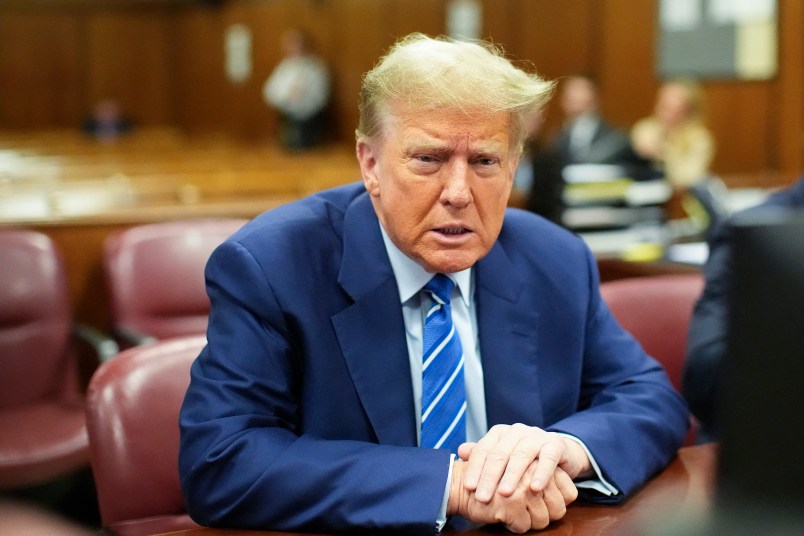Here’s what Nate Silver points to as the best conservative counter-argument, devil’s advocate take on how to understand the polls going into Tuesday. It’s very shrewd by a guy named Ted Frank and worth reading. He does significantly misstate one argument I make and which he references.
One point about his argument that I found interesting was the question of whether polls consistently understate Republican support in presidential polls. It’s an interesting argument and question. Silver looks at races back to 1972 and concludes not that polls lack partisan bias but that they’ve been biased in either direction about an equal amount of times. And the numbers clearly back him up.
Frank’s counter-argument isn’t on the calculation itself. He says that 2000 — the year with the biggest GOP bias — should be tossed out. Why? Frank argues that the last minute revelation of President Bush’s DUI arrest just a few days before the election makes this race sui generis. It’s not that the polls were wrong or biased. It’s that they didn’t have time to catch the late breaking change in sentiment that took Bush from just beating Gore in the popular vote to just losing. Take that out and there’s a considerably better argument about a recurring pro-GOP bias.
I don’t dismiss this argument out of hand. It has a certain logic to it. But having lived through those days it does not intuitively make sense to me that this revelation — despite a lot of hyperventilating at the time — was something that would shift the polls that decisively, or for that matter not show up in the very late polls.
Silver speculates that something similar may have happened with the 1980 cycle with the devastating (for Carter) presidential debate. The debate was on October 28th, just a week before the election on November 4th. That’s not too different from the DUI that came out the Thursday before the election. We’ve all just seen how dramatic an effect a presidential debate can have. And the argument for ‘missing’ a late move is stronger for 1980 than 2000 because the density of polling, including late polling, was so much greater in the latter year.
At the end of the day though this probably all makes the case that it’s easier to get the results you want if you find reasons not to count the data that doesn’t support your thesis. But what do I know?
The deeper problem I think — like so many points about ‘rules’ in presidential politics — is that you simply don’t have enough examples, a big enough dataset to draw many conclusions. It’s like if you did a national poll of 25 people to see who was ahead in the nationwide horserace. It would be hard to know what it would mean since the noise would be so much stronger than the signal. You wouldn’t know what you had. It’s not totally an apples to apples comparison — but much more of one than most are willing to admit.
Adding to the problem: the density of polling (and possibly the methodological sophistication of polling, though that seems less clear) is just wildly different in recent years than it was in the 1980s or 1970s. It’s hugely different even over the last 12 years. So it’s not clear that these different years are comparable, even if we had (which we don’t) enough of them to compare.
In any case, this isn’t the only argument Frank makes. Take a look at the others.








